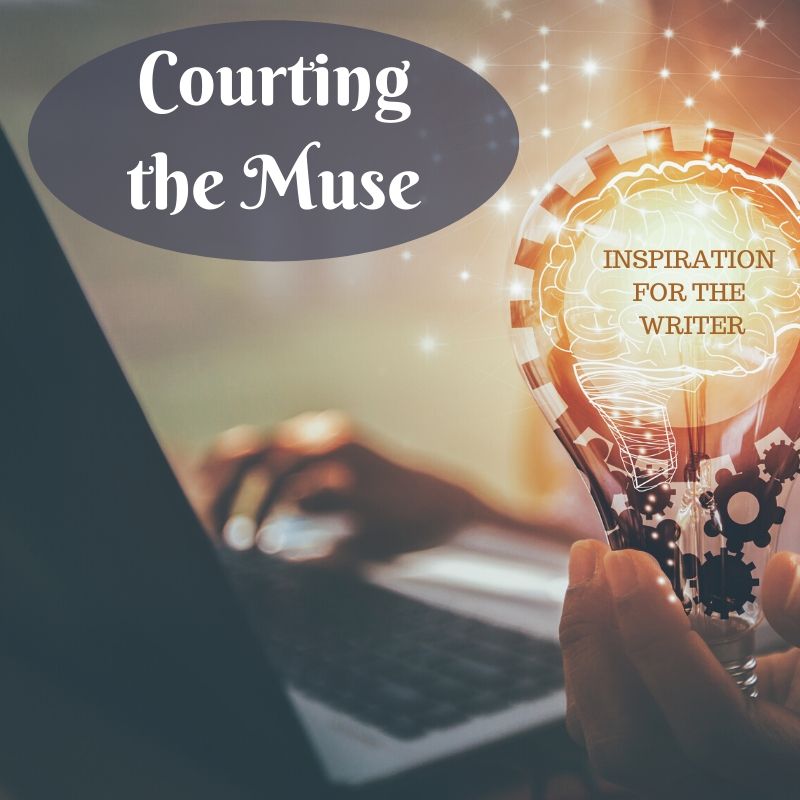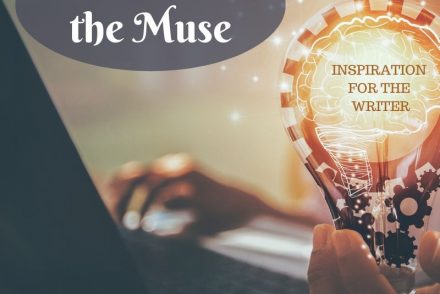In my last year of college, I took a class that destroyed my trust in translation. For our first session, the professor passed around a thick packet of poetry, full of lines that echoed one another — crying or singing ospreys, ladies gentle or modest, the flowering of duckweed or cress. Though they pulled from a common pool of imagery, each poem felt different, in the structure of the lines and the texture of the vocabulary. But in truth, they were all the same poem.
In those five or six different versions, we encountered the same classical Chinese, retracting through the minds of five or six different translator-poets. Filtered through their understanding, ornamented by their artistry, the original verse seemed to shatter and burst into a multitude of different colors, like white light forced through a prism. The resulting translations didn’t read like different versions of the same poem, they read like different poems entirely, even though the same bright-voiced birds called from within each of them..
That single, ninety-minute class taught me that translation was more daring and less precise than I realized — not so much like distilling mathematical truth from an equation, more like carving an image out of living wood. Two artisans, shown the same flowering tree can whittle it down to reveal two wholly different shapes.
Precisely when I lost faith in translation as an exact science, I started seeking out more translated texts to read. I was fascinated by all the literary choices they represented — why this word, out of all the possible synonyms? Why this phrase to convey an idiom that doesn’t exist in English? If something must be lost in translation, why sacrifice this element of the text, instead of that?
As writers, we’re forced to make challenging stylistic decisions of our own, even if we work only in our native tongues. Reading in translation, I’ve found, brings these choices to the forefront and helps us conceptualize them as the challenges — even dramas — that they are.
Suppose you write a scene one way, out of all the ways that you could have rendered it. What are you giving up by doing that? What possibilities for your story are you closing off — and what possibilities are bringing into being?
All writing, in a way, feels like an act of translation: not between languages, but from the rush of images and moods in an author’s head to a cluster of words that can be parsed by outsiders. Like translation it’s about opening up something that was inaccessible.
A translator proper has to consider whether their decisions do justice to the text they’re bringing to new life. As writers, we’re not beholden to a true source text — just the visions we harbor inside our minds. But the relationship between the words we write and the imagined text we’re writing toward can be just as fraught as the twisty opaque connections between translation and source text.
At the end of the day, no translation is perfect — at least not the way a mathematical proof is perfect. By the same token, no story will look exactly how the author envisioned. But they can still be striking and moving in unexpected ways. By reading in translation, we can learn to appreciate those beautiful imperfections.

Lucia Tang is a writer for Reedsy, a marketplace that connects self-publishing authors with the book industry’s best editors, designers, and marketers. To work on the site’s free historical character name generators, she draws on her knowledge of Chinese, Latin, and Old Irish — learned as a PhD candidate in history at UC Berkeley. You can read more of her work on the Reedsy Discovery blog, or follow her on Twitter at @lqtang.





No Comments